HIFIMAN HE-R9 – Mystery Of Cherry Songs
HIFIMAN HE-R9 is the latest 599 USD headphone from the master Chinese producer, and this time we have a closed back design on our hands, with dynamic drivers, and a bluetooth receiver, that will increase the cost to 749 USD. Given the price point, I will be comparing HE-R9 to other high end headphones, including Dan Clark Aeon Flow RT (500 USD), Sennheiser HD660S (500 USD), Adam Audio Studio PRO SP-5 (550 USD), HIFIMAN Ananda (700) and Beyerdynamic Amiron (599 USD).
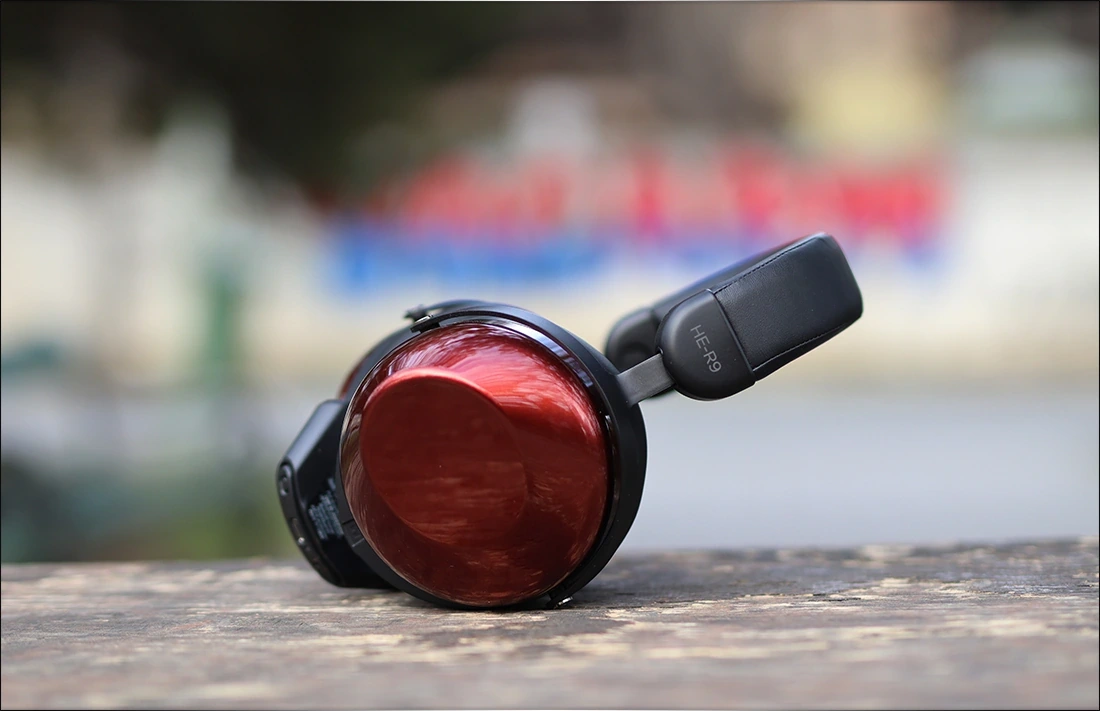
Introduction
There’s nothing like having an entirely new product line from a manufacturer, and HIFIMAN didn’t really make closed back headphones so far, so it will be fun to see them shine or give reason to bully them. HE-R9 is also based on dynamic drivers, where HIFIMAN has been a master of planar magnetic drivers so far, so HE-R9 is a first in many ways for them. This being said, Bluemini is a device we’ve seen when reviewing Deva PRO, and it seems to have been improving lately. I also have high expectations from HE-R9 because they have a similar design to those seen on some flagships in the past. If HIFIMAN could adapt those designs to new tech, pair them with their Bluemini well, and we might have a winner on our hands. I am also delighted to report that HIFIMAN is still in top 3 companies worldwide when it comes to warranty and fixing problems, offering superb customer service for their customers, regardless of their location, and having multiple HQs to serve local customers.
It should be noted that I have absolutely no affiliation with HIFIMAN, I am not receiving any incentive for this review or to sweeten things out. I’d like to thank HIFIMAN for providing the sample for this review. Every opinion expressed is mine and I stand by it. The purpose of this review is to help those interested in HIFIMAN HE-R9 find their next music companion.
Product Link
You can grab one from www.amazon.com here: https://amzn.to/3IErIM1
If you’re in the UK, you can grab one from www.amazon.co.uk here: https://amzn.to/3JHX85u
And if you’re from Europe, you can grab one from www.amazon.de here: https://amzn.to/36MqGQT
Build Quality/Aesthetics/Fit/Comfort
Starting with the build quality, R9 is made like a tank, with superb build quality, and those deep cherry red earcups. It has the same headband as Edition XS and Deva PRO, which allows for both lateral and planar swivel, giving the R9 superb fit and comfort. The weight of R9 is surprisingly light, and at 328 grams, they are some of the lightest closed back headphones money can purchase. The overall weight is also superbly distributed, making R9 super comfortable, to the point where you really don’t feel like taking them off. If you’ve seen the photos in my review, you know we’ve placed R9 in many locations headphones aren’t usually supposed to be in, so we’re in the best position to report that R9 is very scratch resistant. Even after being placed on stone, on metallic and wooden surfaces with sand on them, the headphones have zero signs and scratches, the coating on the earcups being adequate for a headphone that will be placed on tables and other hard surfaces.
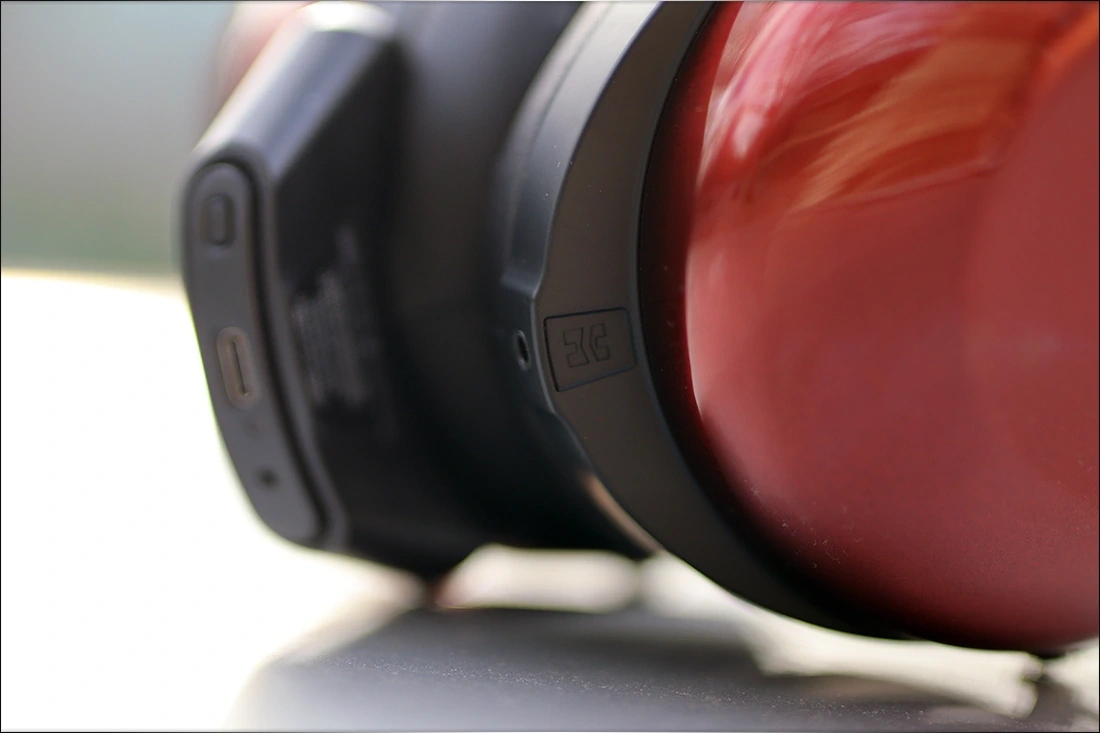
The earcups of R9 provide it with a ton of space, both for music to have space to play into, but also for your ears, and despite the headphones being more compact compared to Arya Stealth, Ananda, or Edition XS, I can say that HE-R9 is just as comfortable as those are for me, my ears having more than enough space enough the earpads. The erpads are also soft, covered in fabric, and provide excellent seal easily, the R9 experience being to take them out of the package and put them on your head, with no fiddling or effort necessary to get a perfect fit. The camping force is medium, at the sweet spot for me for both usage while at the computer, but also while I’m out and about.
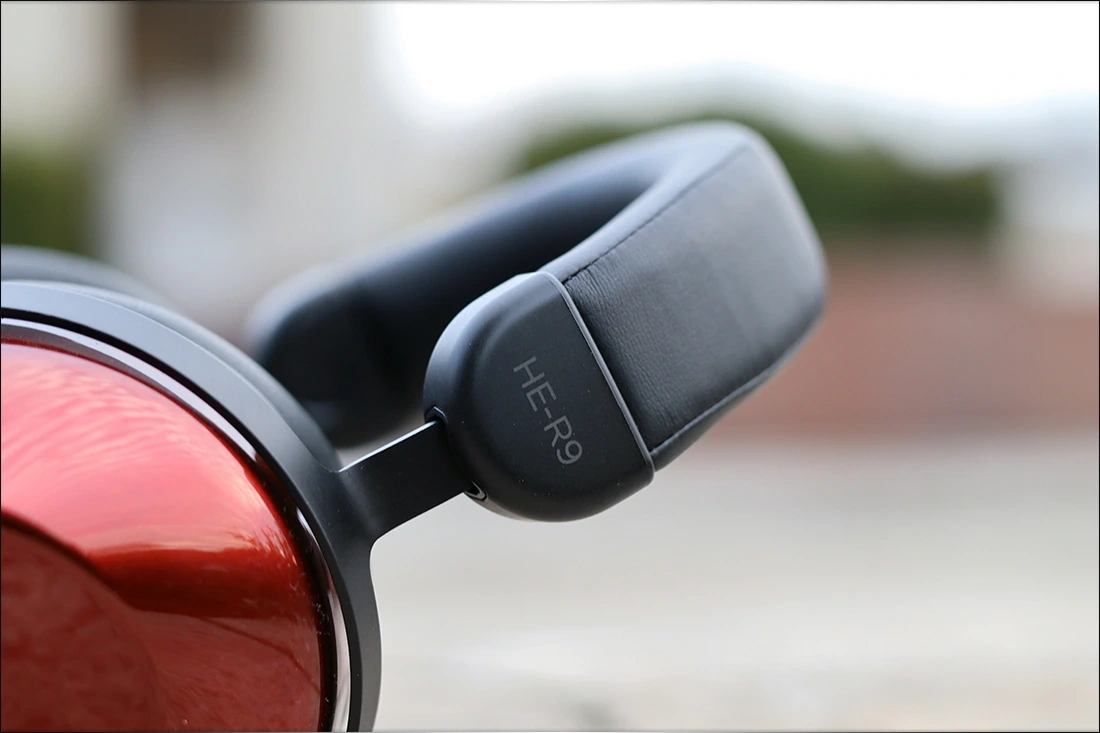
R9 is fairly easy to drive, needing 100 / 150 on Astell & Kern SE180, which is the same as the majority of IEMS. R9 has a rather low impedance of 32 OHMs, but an ok sensitivity of 100dB, which won’t be a big issue for most sources with decent driving power. You can use either the 3.5mm cable to drive them from a portable source, or connect the Bluemini module on the left earcup, which adds 25 grams to their weight. Given that they are already in the top 10 lightest headphones ever designed, this is not a big issue.
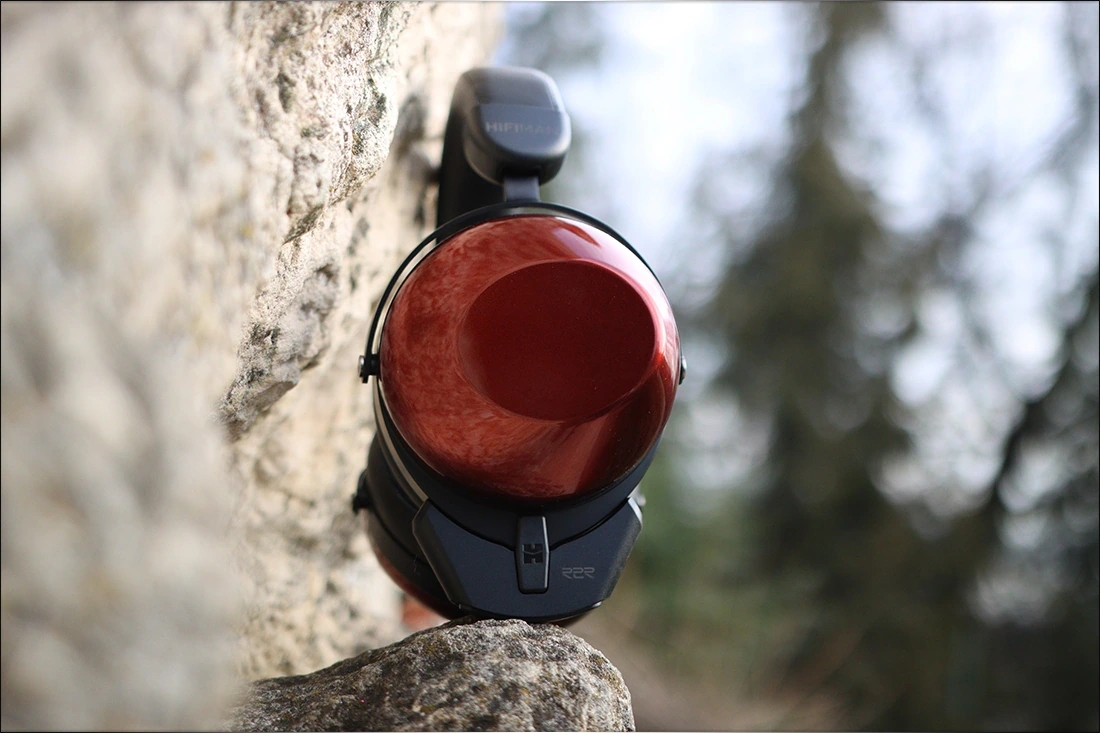
Using them wirelessly, the R2R module does its job really well. It seems to have a signature matched for them, although on my Bluemini it is written off as a Deva accessory. It is able to effectively improve their sound with very little effort, making R9 slightly heavier in the bass, more V-Shaped, compared to their wired sound. I noticed that using the R2R Bluemini module as a USB DAC, most of the useful volume is condensed in what windows shows as 0% ro 20%, after which it becomes too loud to be listenable. I also noticed this behavior with Aurender S5W, so it may be a problem on my windows machine, as it works perfectly on Android and on my smartphone.
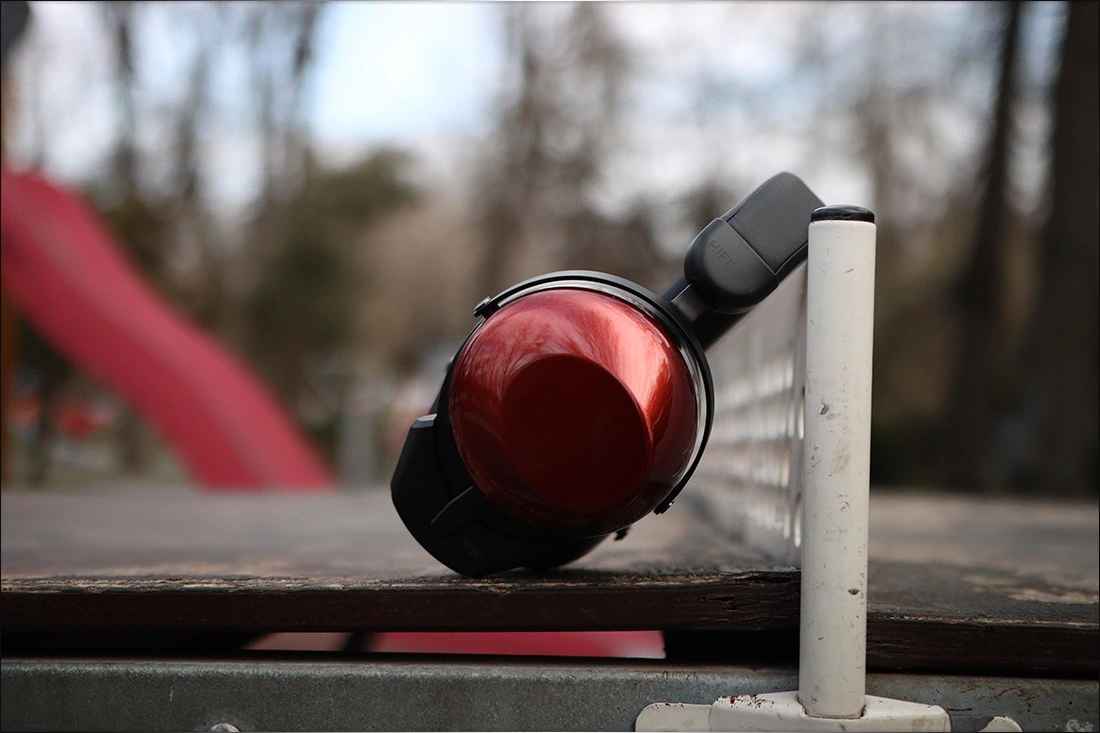
Speaking of the Bluemini DAC / AMP, it has superb battery life, of about 8 hours in HIFIMAN’s tests, and about 6 in mine, using loud music, LDAC and changing the song a lot. It also has good call quality, along with superb bluetooth range. The DAC inside is HIFIMAN’s HIMALAYA R2R DAC, and it uses LDAC as the main codec, with support for aptX-HD, aptX, AAC and SBC, having all grounds covered.
The default cable is the same as the one that comes with most HIFIMAN Headphones, but it tends to be slightly microphonic with HE-R9, both because the headphones are very light and because the cable is somewhat rigid / springy. No other handling noise is audible or present while wearing them, and moving your head, walking or doing any other activities results in no noise, except for the slight microphonic noise. I recommend some aftermarket cables that are soft for the best experience. Since the default cable is 3.5mm single ended only, but most popular music players sound best from their 4.4mm balanced output, I suspect most enthusiastic music lovers will be upgrading the default cable.
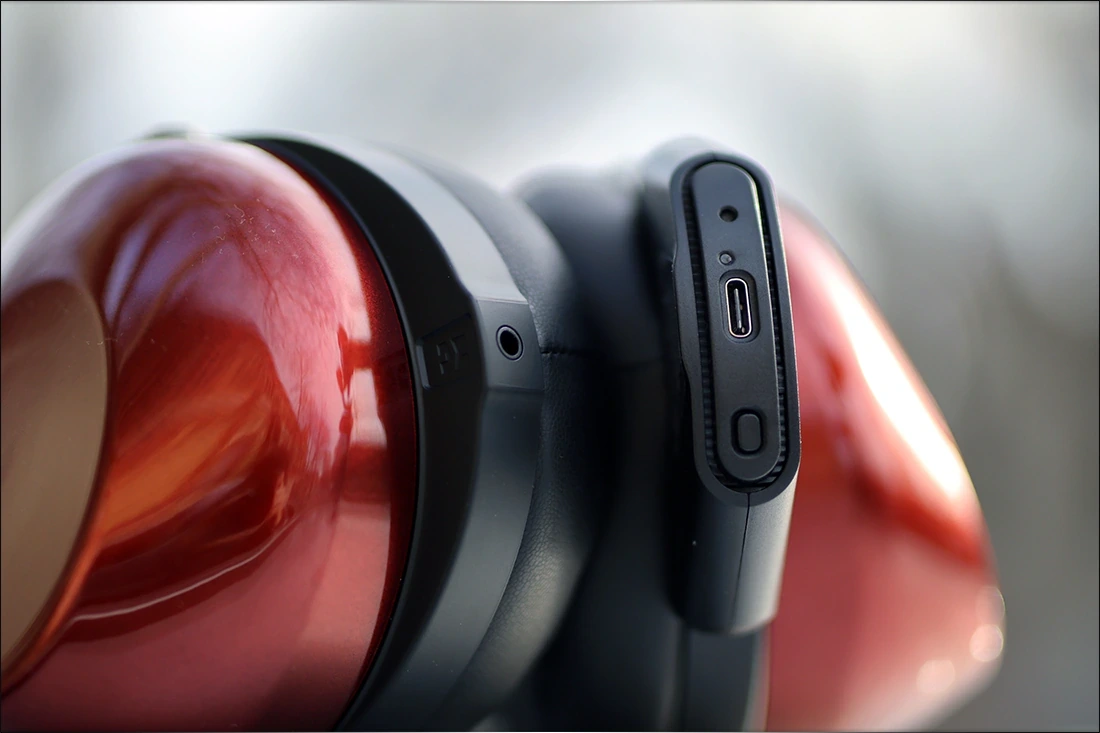
HIFIMAN HE-R9 offers between 10 and 15 decibels of passive noise isolation, depending on the frequency, and they isolate the typing noise of my keyboard rather well, with quiet music playing, the typing noise being completely inaudible. They leak only very little, and although if you blast music at maximum volume, others will hear you, you can listen at very pleasing medium volumes without bothering anyone.
HE-R9 can be said to be perfectly built, really comfortable, and for a closed back headphone, it is the most comfortable one I tested to date. The build quality is superb, reminds me a lot of Deva PRO, and the ear cups are made to be sleek and scratch resistant.
Sound Quality
HIFIMAN He-R9 received about 100 hours of burn-in prior to me writing today’s full written review, to keep my review technique fair towards other headphones and products reviewed on audiophile-heaven. They have been used both with their Bluemini R2R bluetooth DAC, and wired, being powered mainly from Lotoo PAW 6000, Astell & Kern SE180, iBasso DX300, Dethonray DTR1+ and Cyrus One Cast. I have used balanced cables for all the DAPs having 4.4mm outputs, and I’ve used the original cable for DTR1+, and Cyrus One Cast.
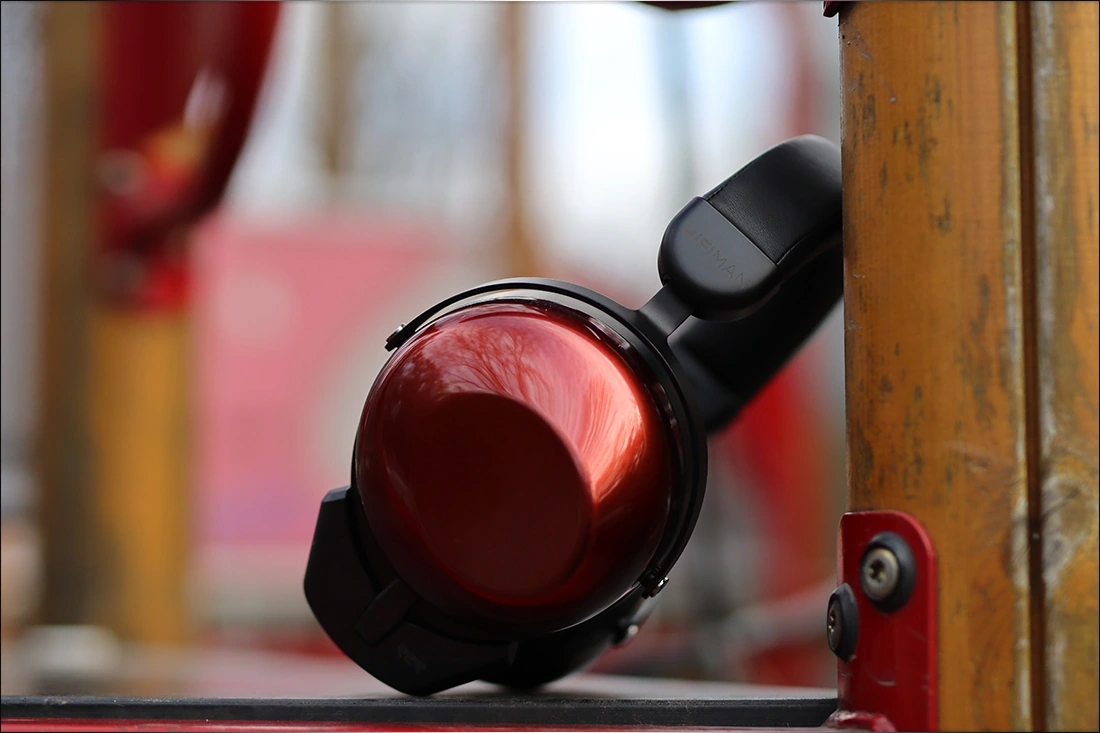
The general signature of HIFIMAN HE-R9 is a really warm-natural, holographic, wide and imposing signature, with a strong lower midrange, sub-bass, and detailed presentation. They sport superb dynamics and impact, and even given the competition that’s usually super popular (HD660S and Ananda), HIFIMAN He-R9 can totally stand their ground. This is the first headphone to have a lead in the lower midrange, and the experience is entirely unique, as they have a super strong sub bass as well, and the initial impression I had in my video review, that they can vibrate on your head, remains. The presentation can be quite relaxed and forgiving, with a smoother treble that hides defects from bad masters, making R9 a good companion for metalheads and those who have more trashy tastes such as yours truly.
Using He-R9 with the Blue Mini DAC seems to have a lower dynamic range, you can hear the LDAC compression algorithm, as they are super detailed, and they become warmer, thicker, more V-Shaped and more aggressive, while driven from a wired source, the sound becomes super detailed and clean. This being said, Blue Mini drives them with much better authority, control and impact than any portable DAC/AMP or Bluetooth receiver like FiiO BTR5.
The bass of the HIFIMAN He-R9 is super deep, controlled and reaches the magical 20 Hz easily. Most of the energy in the bass is in the 40-65Hz range, and the bass is quite clean, given the raw quantity it has. The total bass is uplifted, along with the lower treble, which makes the sound warm and slightly dark. R9 has a natural speed for their bass, and can keep up with super aggressive dubstep songs, but will have that magical long note decay for Jazz and Cabaret music. Songs like Vini Vici – Namaste sound punchy, deep, and have a superb impact. R9 has very low distortions, even at super high volumes, being able to play music with a lot of bass really well, and controlled. The song also has surprising instrument separation, layering and a holographic presentation.
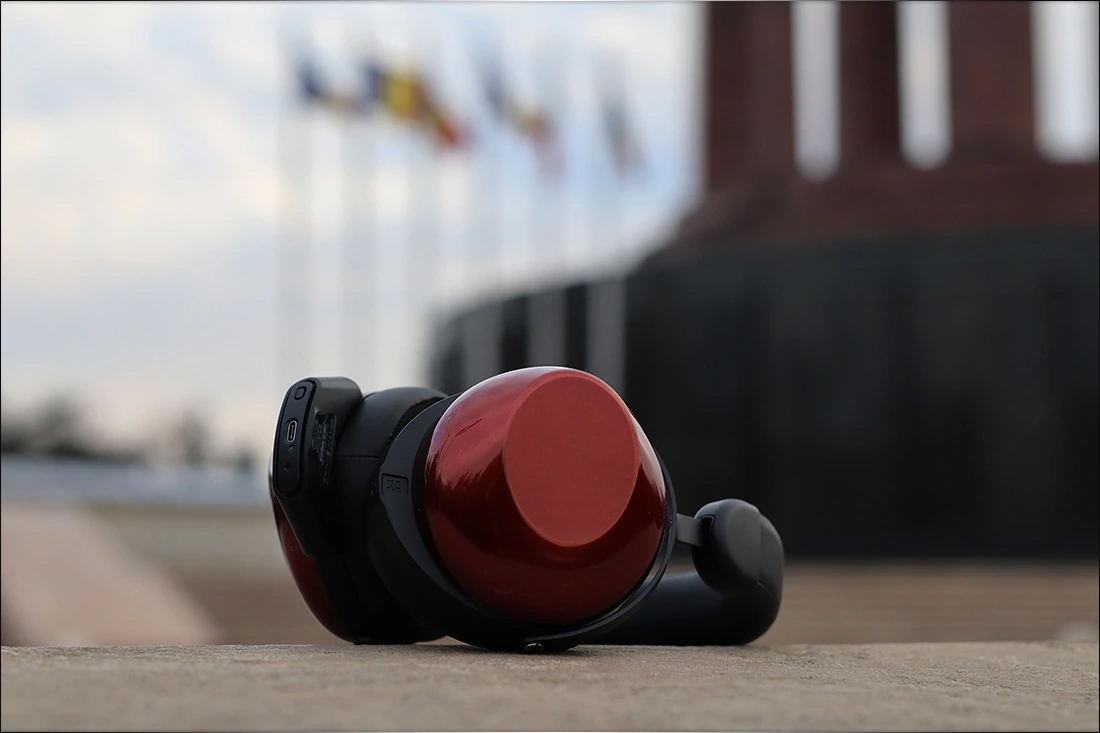
We have a clean, natural midrange with a wide and holographic presentation. There’s a good amount of space between instruments, and although voices are usually pushed slightly more forward, music never becomes vague or dispersed through R9. The midrange of R9 tends to be better at medium and lower volumes, where the music tends to expand naturally inside the cups, and it creates a really holographic presentation. The sound gets more forward and aggressive at higher volumes. There’s a really nice amount of detail and resolution, to the point where background instruments are really easy to discern, even easier than they are on Ananda and most open back headphones. R9 seems to be perfect for keeping all of the information available in a song there, and for presenting it to the listener. The ear cup design also helps greatly with the timing of the music; the shape gives music a really natural decay, a faster driver combined with the acoustics to create decay for it, resulting in a really natural and pleasing listening experience. The midrange has some coloration from the lower midrange emphasis and this is audible with most music. To get a more natural sound from R9, you need to push them towards the back of your head, and have your ear align with the shallower part of the earcup.
The shape and acoustic design of R9 follows the objective of trying to present an open back headphone, but from a closed back one, and manages to do this much better than any other attempt I heard personally. If you’re looking for dynamics, R9 is super dynamic, but when used wired, the source helps a lot with this as well. It has super good instrument separation and layering, R9 being in line with most headphones priced around the same point, like Dan Clark Aeon Flow, and beating Sennheiser HD660S in both separation, layering and also soundstage size.
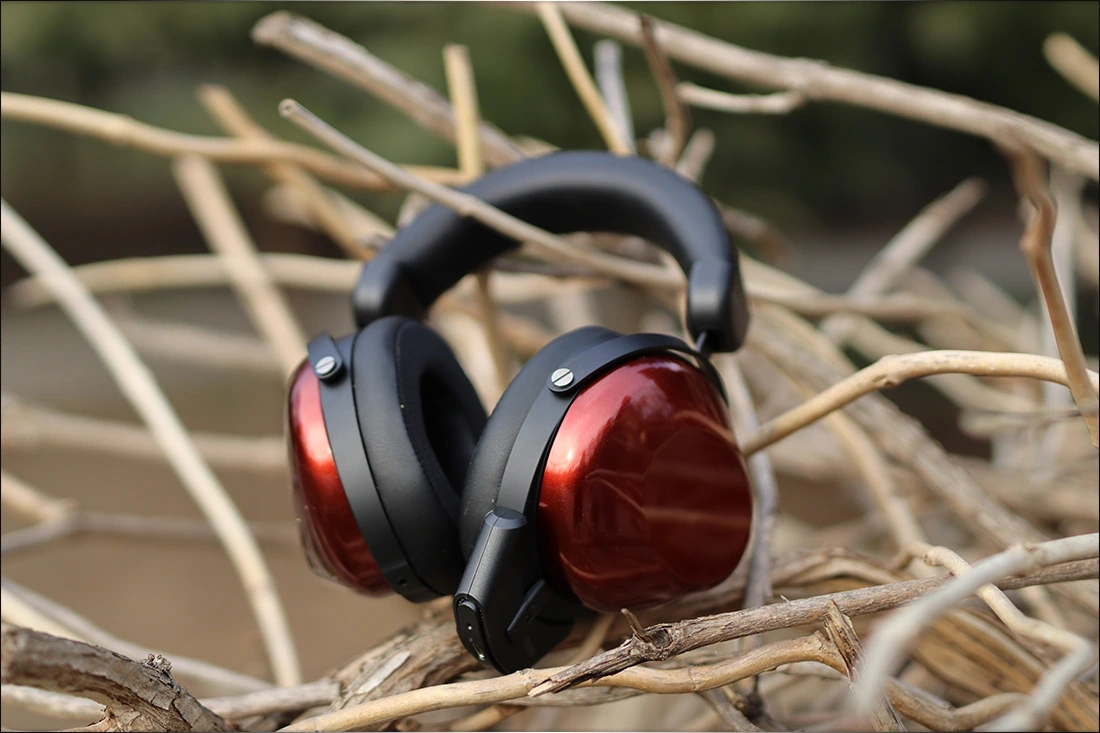
The treble of R9 follows a natural presentation and generally doesn’t impose, having a smoother presentation and lower presence than the bass. This means that most music will be non-fatiguing and you won’t ever feel like taking R9 off your head because they became tiresome. This happens to the point where you can quite literally blast songs like Infant Annihilator – Decapitation Fornication, and you will get more impact in the lower bass, from the drums, than you get from the cymbals and the treble. R9 is surely forgiving and won’t highlight defects in recordings, even old and bright recordings sounding euphonic, smooth and pleasing through them. There is a good amount of treble present in music, but it is presented in such a way that all the peaks that normally come through as fatiguing are flattened, and although you can hear the cymbals and air in music, you never feel struggling with it. Even songs that are normally extremely fatiguing like Caligvla – I, Caligvla, have most of the impact in the drums and the voices, with much less emphasis on the cymbals that are typically rather fatiguing and brightly mastered in the song.
All in all, He-R9 is a fairly enjoyable headphone, with a smoother top end, a strong bottom end, and a wide, holographic midrange. They present music with every bit of detail it has, and have a longer note decay, all leading to a fairly euphonic presentation that has an emphasis on the lower midrange, complimenting male voices, Dubstep, EDM, Rock, Metal, Deathcore, and impact in general. Songs that play unexpectedly well on R9 are Igorrr – Probleme d’emotion, the soprano voice being quite emotionally presented, but the highlight of the song being the thick bass note intertwined with the crystalline piano that gives this song a really deep and dark groove. Songs and albums that are mastered louder play really well on R9, which has enough control for them, so pick your favorite Atilla song and you’ll be rocking. The headphones sound pretty much like most Space Rock songs, groovy, deep, impactful but musical and fluid.
Comparisons
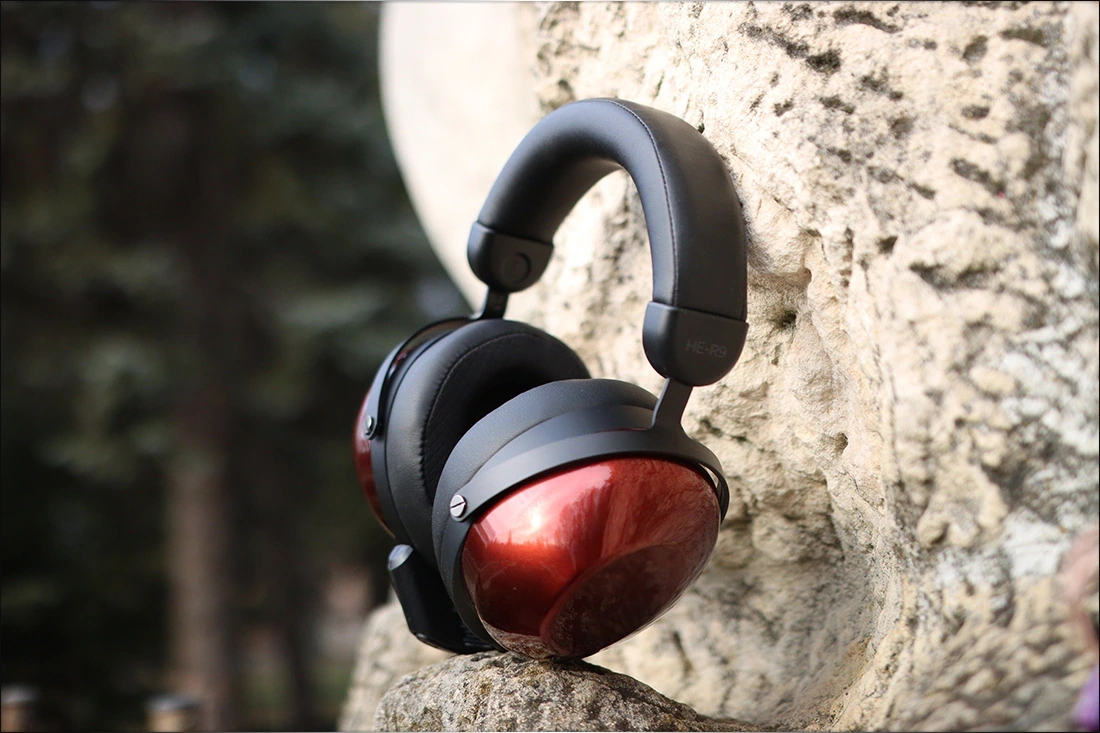
HIFIMAN He-R9 versus Beyerdynamic Amiron (599 USD vs 599 USD) – Amiron is a good start, especially as it has exactly the same price as He-R9. The overall comfort feels similar between them, Amiron having slightly harder but more dense earpads. The lateral swivel and fitting is better on HE-R9, and they are much easier to drive, being better for portable usage, and isolate better from the outside noise. The clamping force is similar between them, and both feel rather light, with R9 feeling slightly lighter than Amiron. The overall sonic presentation is much hotter on Amiron, which has an upper midrange / lower treble peak that can make it pretty fatiguing at times, while R9 has a more natural sound in the treble, smoother and with less harshness / sibilance, but also much more treble presence, more bass impact, and more bass quantity, playing bass guitars with much more life and energy, power and impact. R9 is better for most music styles, where Amiron can be fatiguing. If you listen really quiet, Amiron has a thinner presentation, where R9 is warmer, more euphonic and more musical, while if you listen really loud, R9 is more impactful, where Amiron can be pretty fatiguing and harsh.
HIFIMAN He-R9 versus Dan Calrk Aeon Flow RT (599 USD vs 500 USD) – We have two very different headphones here, Aeon Flow RT having a stronger clamping force than R9. The comfort is great on both sides, because both have good, soft earpads, and ergonomic shapes for their earpads. Both have good sealing and easy fitting. The drive factor is much harder on Flow RT, which is much much harder to drive, and needs a strong dedicated source, has proprietary cables and will be more complicated to use in the long run. The sonic presentation is strongly U-Shaped on Aeon Flow RT, which has a thinner tuning, a brighter tuning, with far more treble energy, and lower body, despite the high sub bass quantity. HE-R9 sounds more lush, warmer, has a wider sounding midrange, with more impact in the whole bass, and more emphasis in the lower midrange and the bass. The background instruments are played louder on R9, which presents more information in the background, despite both headphones having good layering and instrument separation. If you want a more analytical headphone with a brighter sound, you should go for Aeon Flow RT, while if you prefer a warmer sound, with more bass and more lows, I would say to go for R9.
HIFIMAN He-R9 versus HIFIMAN Ananda (599 USD vs 700 USD) – Ananda is open back, and you probably noticed that most competitors are open back, because HE-R9 goes for a very open presentation that should appeal to those looking for a really holographic sound. The detail levels are comparable between Ananda and HE-R9, although the way they present details is really different. The larger earpads of Ananda are slightly more comfortable than HE-R9, but the lateral swivel and adjusting mechanism is better on R9. The sonic is more natural in the midrange on Ananda, as it compliments both male and female voices more equally, and it has a more even overall tonality. R9 sounds stronger in the lower midrange, which gives all music a certain warmth and slight darkness, R9 has a ton of soundstage, and at times you can hear certain background instruments and effects louder on R9 than you do on Ananda, but the treble is far better on Ananda, and especially as I’m one who hears cymbals and air as soundstage, I get a more realistic stage from Ananda, where R9 sounds wide in the bass and midrange, but has a really relaxed and smooth treble. The bass is much stronger and more impactful on HE-R9, and it has more substance and raw energy.
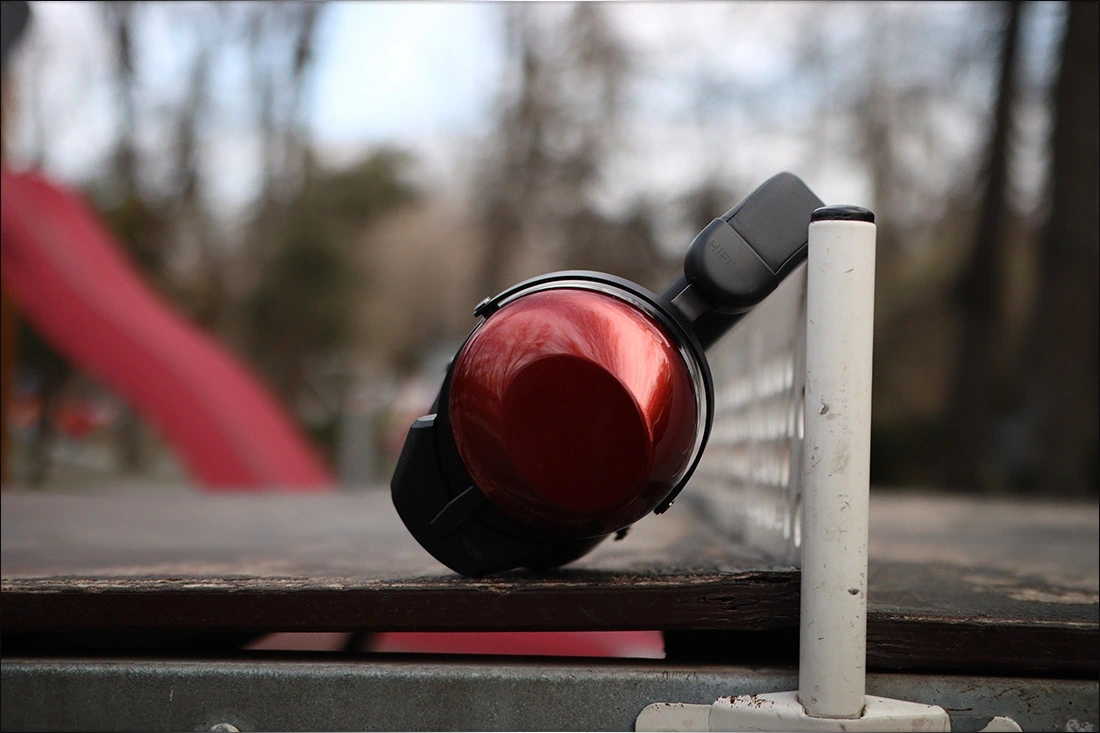
HIFIMAN He-R9 versus Sennheiser HD660S (599 USD vs 500 USD) – You’d be surprised to hear me saying this, but HE-R9 has a much better comfort compared to HD660S. The default cable is better on Hd660S, and it is slightly less microphonic, but the earpads are much softer on R9, the headband does a better job at distributing their weight, and they feel lighter than Hd660S while being worn. The sonics are more dynamic, more fluid and more impactful in the bass on R9. HD660S is brighter, sounds narrower, and has a more focused sound. The overall tonal balance is more natural on Hd660S, where R9 has a stronger lower midrange emphasis which colors the entire sound somewhat. When comparing them, the treble of the HD660S is more present and although more harsh, gives many songs more sparkle and more information in the highs, whereas the bass of R9 and larger stage tends to make music more enjoyable.
HIFIMAN He-R9 versus Adam Audio Studio PRO SP-5 (599 USD vs 550 USD) – The difference in comfort is huge here, with the R9 having a much larger earpad, much softer earpads, and much lower clamping force, and being also lighter. The overall comfort of R9 is much better than SP-5, and the build quality also feels a bit better, with higher quality to the plastics, and higher quality earpads. The overall sonic presentation is extremely different as well, R9 is groovy, dark-ish, impactful, and has a bold presentation, where SP-5 is extremely bright, with a U-shaped sound that has a strong treble, tons of energy up top, and much less energy in the bass. The overall dynamics are higher on R9, which has much more control, SP-5 sounding rather dynamically compressed in comparison. If you want a bright, strongly U-Shaped headphone, PRO SP-5 is still relevant, but if you want a more impactful, more dynamic, more comfortable experience, with a stronger lower midrange / bass emphasis and a more holographic presentation, R9 should be your answer.
Value and Conclusion
We have superb price / performance for HE-R9, and they are able to stand their ground even against most open-back, planar competitors. In fact, the overall value and price / performance ratio for R9 is so good that it deserves a place in Audiophile-Heaven’s Hall Of Fame, as one of the best closed back headphones ever designed as far as comfort, sound and overall build quality goes.
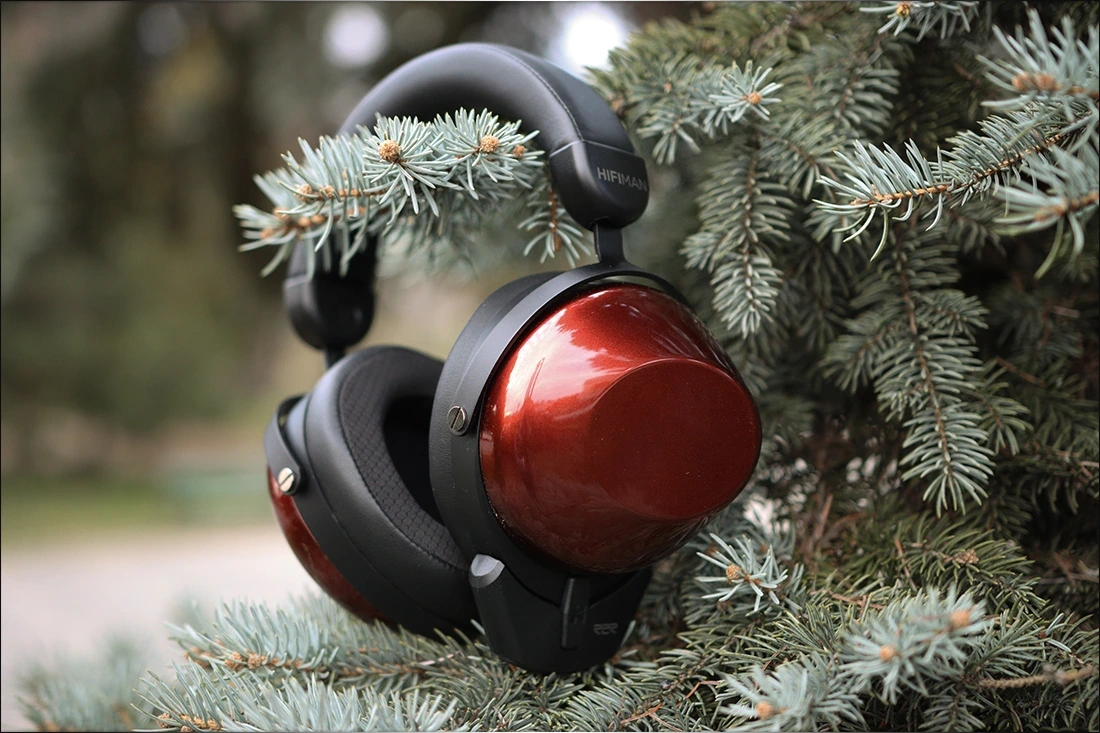
The overall comfort and build quality are superb, and when HIFIMAN decides to make a closed back headphone, they can make it wide sounding, with super good instrument separation and detailing, using the closed back design to control the amount of detail you hear, rather than closing off the sound of their typical drivers. They deserve mad respect for being able to pull it off without clamping your head with a vise, as it typically happens with closed back cans.
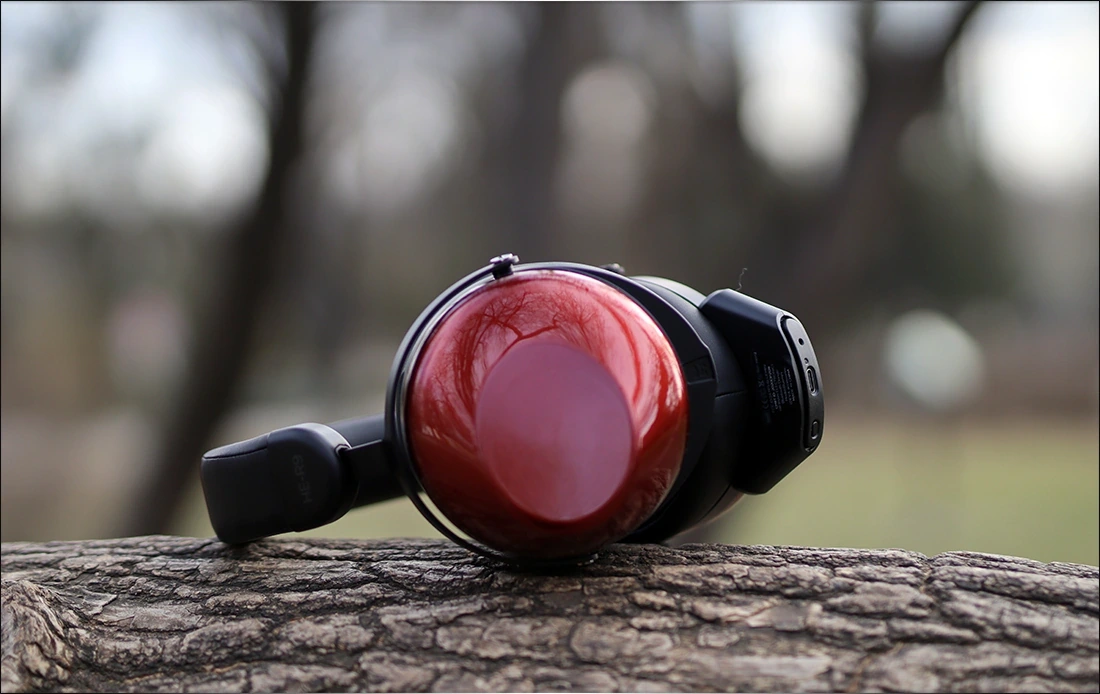
At the end of the day, if you’re looking for a super comfortable, wide sounding, clean and impactful headphone, with a ton of detail, resolution and which can be driven from most reasonable portable music players, HIFIMAN HE-R9 should be perfect for you, and comes at a really friendly price point, with excellent support from the company, and is currently available with and without the Bluemini DAC/AMP, so you can get the best package for your needs.
Product Link
You can grab one from www.amazon.com here: https://amzn.to/3IErIM1
If you’re in the UK, you can grab one from www.amazon.co.uk here: https://amzn.to/3JHX85u
And if you’re from Europe, you can grab one from www.amazon.de here: https://amzn.to/36MqGQT
Packaging
First things first, let’s get the packaging out of the way:
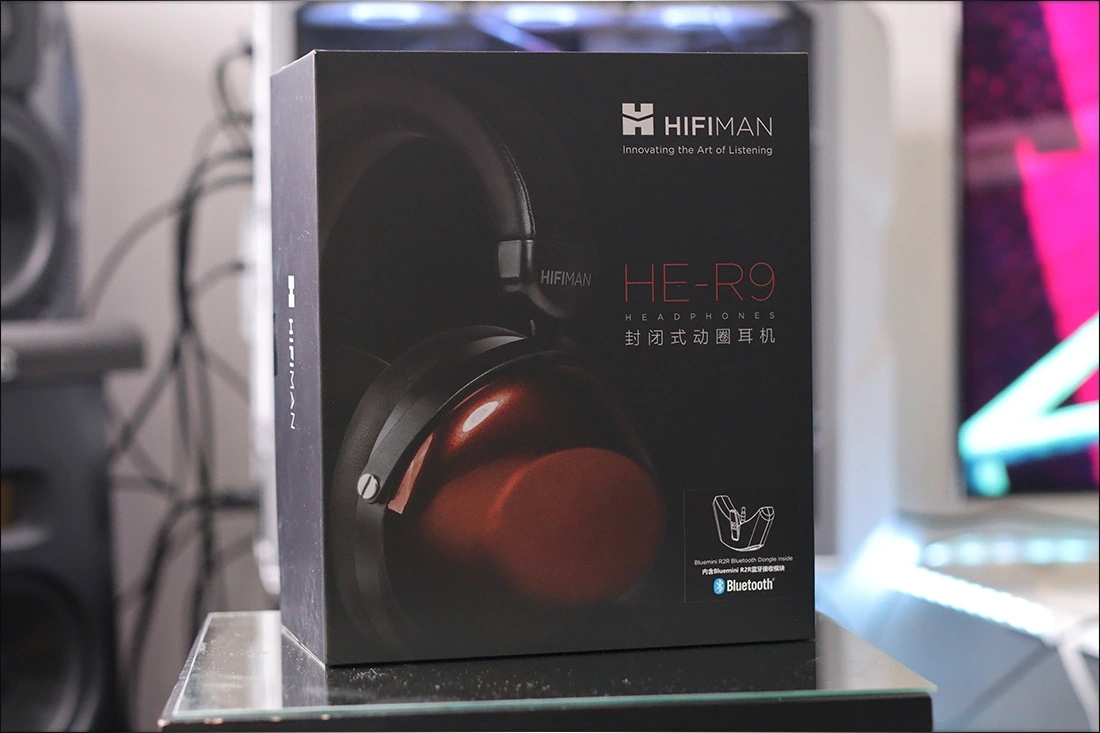
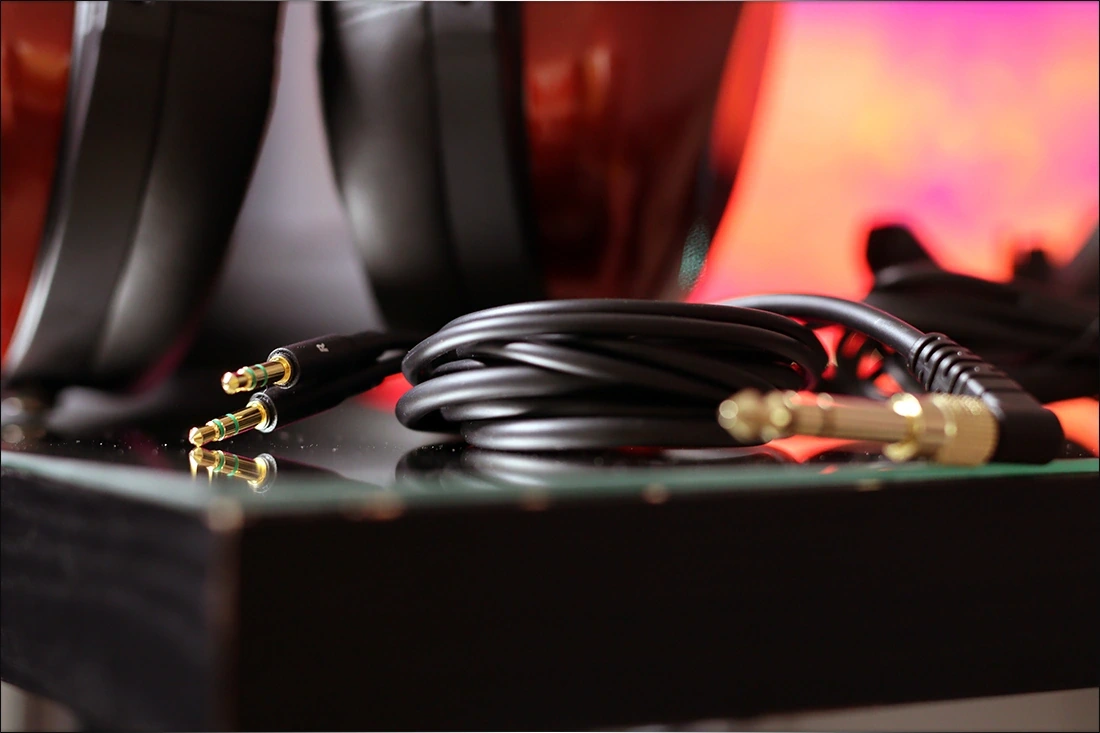
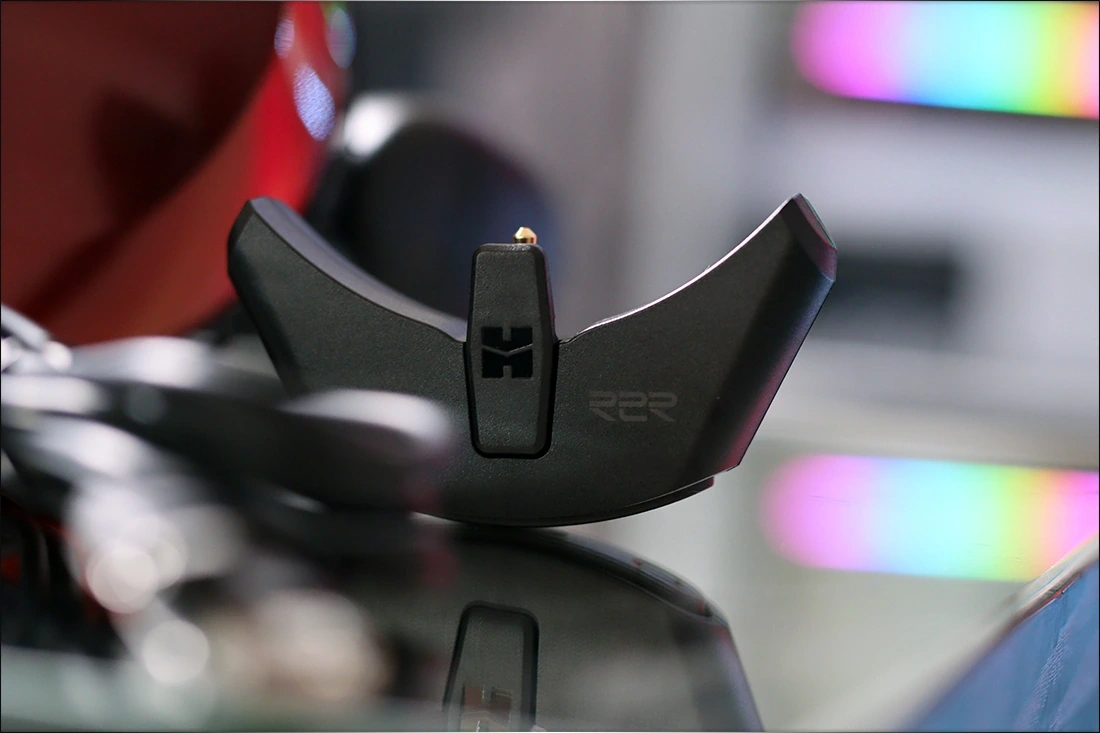
The package of HE-R9 is really nice, and similar to that of Deva PRO, and it includes the headphones, the paperwork, a USB Charging cable, and an audio cable to use HE-R9 wired. The package doesn’t have many extras, but it has all the basic necessities, for the price being fairly good.
--- Please remember to stay safe, and always have fun while listening to music!---
- If you have a dime to spare, please donate, and help us! It would make the day brighter for me and my wife-
Full Playlist used for this review
We listened to more songs than those named in this playlist, but those are excellent for identifying a sonic signature. I recommend trying most of the songs from this playlist, especially if you’re searching for new music! The playlists are different for Spotify, Tidal and Youtube, and based on the songs I enjoy and are available on each!
https://www.youtube.com/playlist?list=PL_cjBXGmwSHSdGcwuc_bKbBDGHL4QvYBu
https://open.spotify.com/playlist/5J3oloz8Riy9LxEGenOjQ0?si=979ba4f082414be7
https://tidal.com/browse/playlist/330fd544-8e5b-4839-bd35-676b2edbb3d5
--- Contact Us ---






Excellent review and amazing photos! Thanks a lot for being there for us, George!